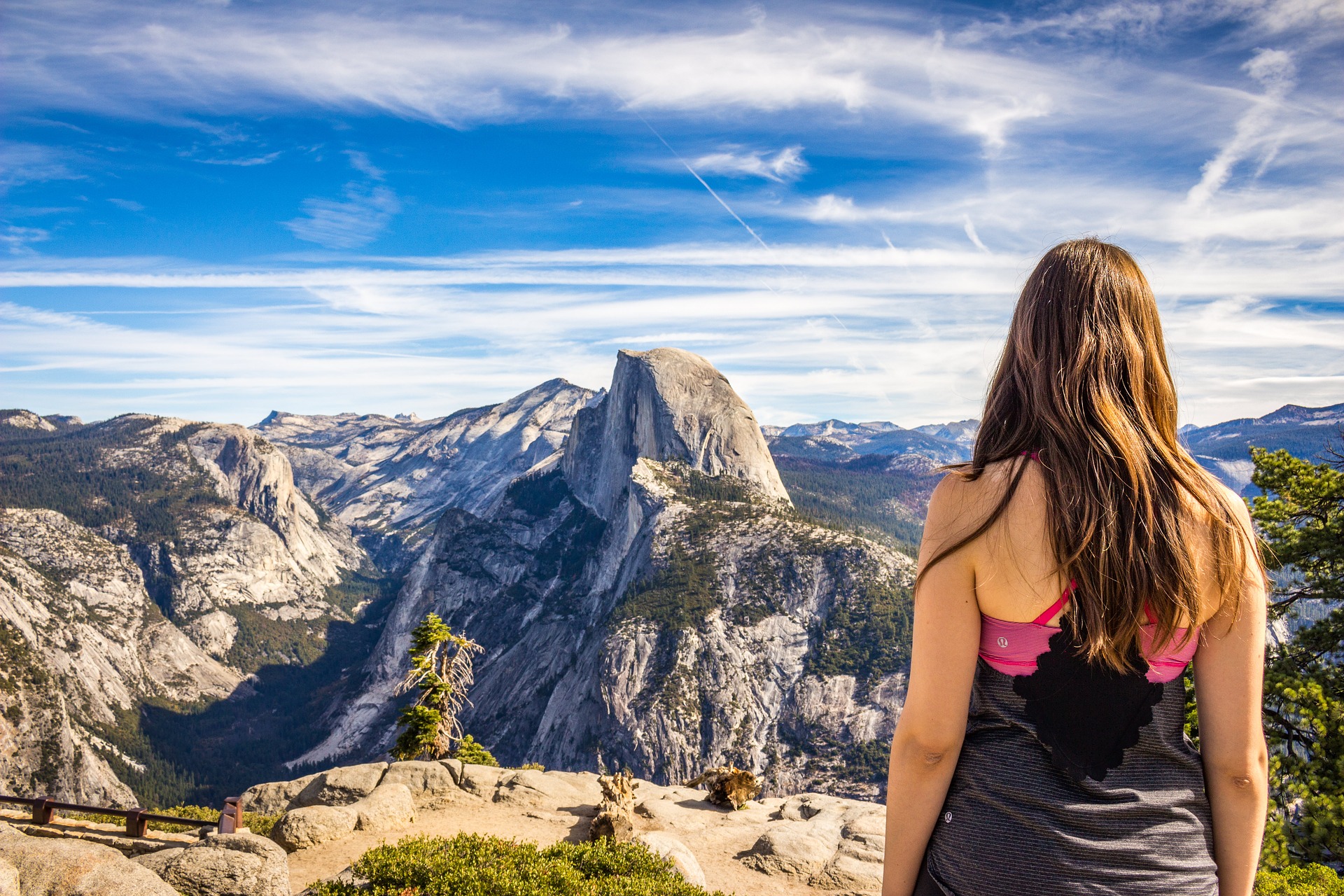
People find recovery in a number of ways, but the recipe that has worked for me over the past thirty-one years remains unchanged: Prayer, twelve-step meetings, working with other women, a morning program to start my day, and nature.
I never realized how important nature was to my recovery and my life until I was a guest the popular podcast, The Bubble Hour: Jean asked me, why, out of my other three siblings, was I the only one who found lasting recovery? Quickly, it dawned on me that perhaps one reason why I didn’t unravel all the way at an earlier age while growing up in a chaotic alcoholic home was that I spent copious amounts of time in nature. Nature is still a huge part of my life and my recovery. Even now, when I need an escape, I tend to seek out places that are quiet; places surrounded by trees or water. One of my favorite escapes is a silent Trappist monastery, Gethsemane, in Kentucky.
My mother was the alcoholic in our family and her disease took her to a low bottom. It wasn’t that she didn’t try to get help, but back in the 60’s Valium was the drug for moms, and alcoholism wasn’t talked about as much as it is today. I believe the shame factor was also quite strong—and sadly, not much has changed, (we need to smash the stigma! Cool, smart, savvy people can drink too much. Everyone needs to accept that as a fact of life). In order to escape the mayhem at home, I had a horse, and an idyllic environment to ride: orchards, fields, and miles of trails. That’s where I spent most of my time—outdoors.
During the decade when I did most of my drinking, spending time in nature wasn’t a priority. Unless I was outside washing my car while blasting the music and drinking, or on a beach somewhere, what’s the point? There are mosquitos and bugs and who wants to perspire in warm weather? I didn’t appreciate the moon, or the seasons, or the amazing ways that nature will creep into even the most urban or barren environments. Those blades of grass that find a way to thrive in sidewalk cracks, or the bougainvillea vine that blossoms in what otherwise appears to be a concrete city.
Since I got sober, I returned to nature. In many ways—I crave it. I insist on it. I live in a colder state and heading outdoors in the winter can be a bit miserable sometimes so I had to get creative. I made a decision that if I couldn’t always get outside I would have to bring the outdoors in. I feed the birds all winter and can stand in my kitchen and feel like I’m outside. I watch deer pass through the back yard; I have house plants and a bowl of stones on my desk. When I feel the need to connect to something solid, I hold a beautiful stone and let it connect me to the earth. I love using natural materials like wood and stone to decorate; all those earth elements help me feel grounded. Even if you live in the city or in a studio apartment, there are always ways to bring the outdoors inside. Perhaps that’s why Zen desk gardens or desk water features with a babbling fountain are found in so many therapists’ offices. Nature has a calming effect. We were meant to commune with nature. We were not meant to spend our lives under fluorescent lighting and addicted to technology.
At times, sobriety has its challenges, (I live with a spouse who drinks and my extended family drinks). Nature is where I find my strength. I encourage the women that I sponsor to find a way to connect with nature, and often, they tell me experiences of their own healing moments that happened when their hands were in the dirt or they were simply taking a moment to enjoy the moon.

I began reading more and stumbled over numerous articles that offered scientific evidence—proof that time spent in nature is healing—trees give off chemicals called, phytoncides. Phytoncides are proven to boost immunity, decrease depression, reduces stress, and improve sleep, to name a few benefits. There’s something about being under a green canopy that can heal, and make one feel calm; refreshed; like taking a bath.
A study done by the Environmental Protection Agency (EPA) showed that the average American spends 93 percent of their life indoors! I find that statistic shocking, and sad. I thought back to my life before recovery and realized how true that statistic probably is. In my adult life, my horse was no longer practical, and he was sold when I left home at eighteen. I lived mostly in urban areas. Life happens: there were moves, jobs, and long hours spent inside bars and hangouts. Regardless where I lived, it seemed that I went from home to work to the bar and back home. No wonder I felt awful most of the time. No person is meant to live in one indoor environment after the other. Add alcohol to the mix…, is it any wonder that I had more days where I felt melancholy and out of touch than days that I felt alive and well?
Alcoholism and addiction can be tough diseases to battle. Recovery has its challenges as well. When I’ve had moments or days when I felt despair or was at a low point, a trek into the woods, or a visit to the park always brings me back to a place of hope. I look at trees that are gnarled or bent from the battering they take in their forest lives, and it reminds me that none of us gets to enjoy a life without hardship, not even the trees. They have learned to plant deep roots so they have a better chance of weathering the storms. I think that’s what we’re meant to do in recovery: Plant deep roots in a recovery community; use the steps or whatever mode of recovery that works for you; have faith in a higher power so that when the storms of life hit, as they tend to do for all of us, we can stand strong and know, that just like the wind, that this too shall pass, and just like the trees with deep roots—we can weather life’s storms.
Lisa is the author of the multi-award-winning book, Raising the Bottom: Mindful Choices in a Drinking Culture. After short stints where she trained polo horses, worked as a flight attendant, hairdresser, and bartender, she revamped her life and settled in as a registered nurse. For the past twenty-nine years has worked with hundreds of women to overcome alcoholism, live better lives and become better parents. She was prompted to write Raising the Bottom when she realized after twenty plus years of working in hospitals, that doctors and traditional healthcare offer few solutions to women with addiction issues. You can start reading for free on Amazon. Follow her on Twitter @LBoucherAuthor and Instagram
